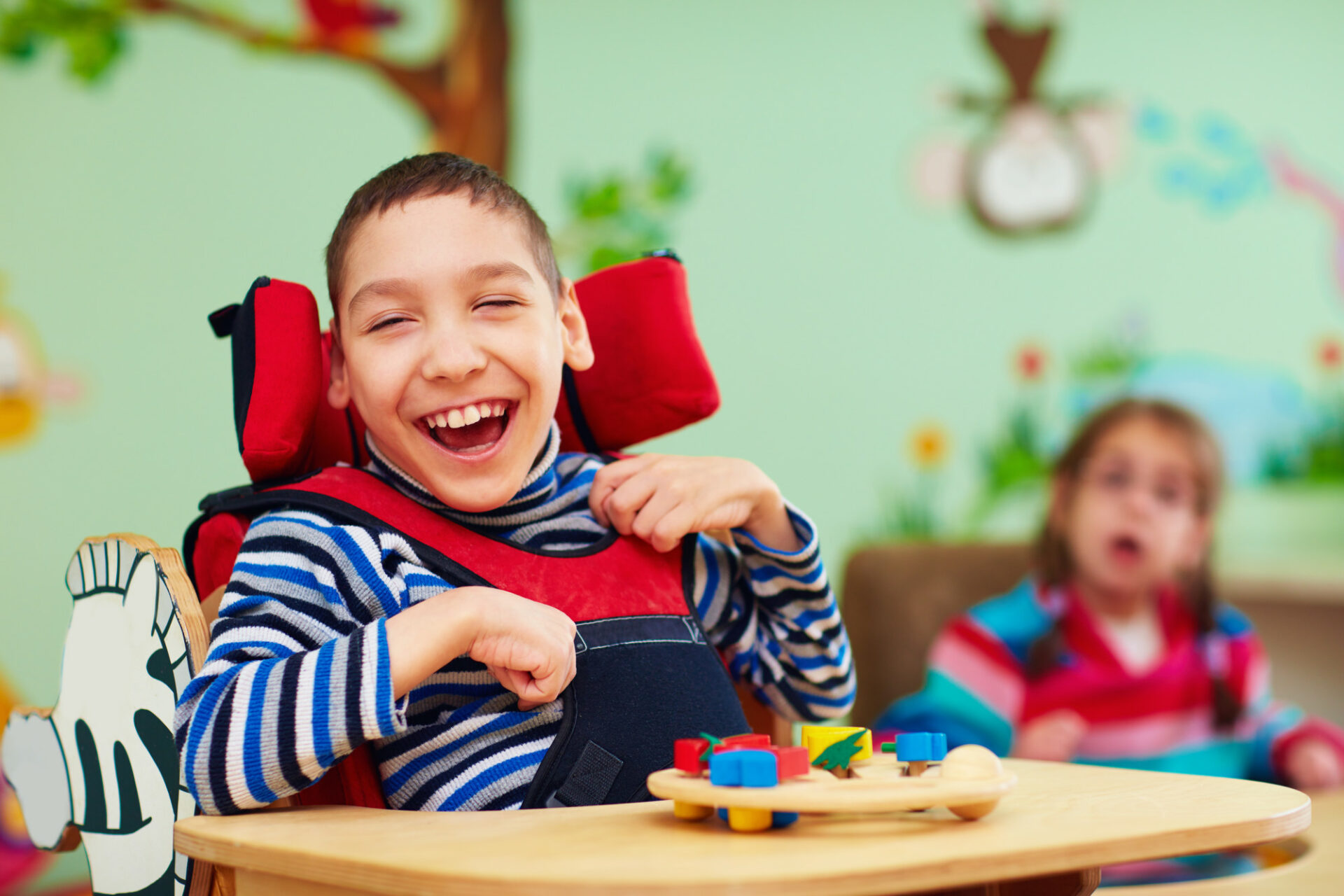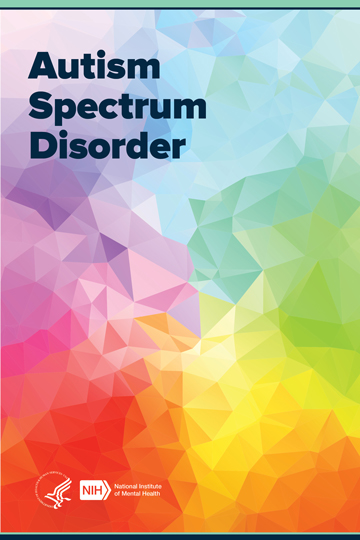Addressing Typical Myths: What You Need To Learn About Autism Today
Addressing Typical Myths: What You Need To Learn About Autism Today
Blog Article
Recognizing Autism: A Comprehensive Guide to Symptoms and indicators
Autism Range Condition (ASD) includes a wide variety of features that can significantly affect an individual's social interactions and everyday performance. Comprehending these nuances not only help caretakers and teachers in providing suitable support but also cultivates an extra comprehensive setting for individuals with ASD.
Introduction of Autism Spectrum Disorder
Specifying Autism Range Condition (ASD) includes recognizing it as a complicated neurodevelopmental problem defined by a range of difficulties in social communication, communication, and behavior patterns. The term "range" reflects the vast irregularity in signs and their intensity, which can vary significantly from one person to another. ASD normally shows up in early childhood, although some people may not get a diagnosis up until later on in life.
Variables affecting the advancement of ASD consist of ecological aspects and genetic proneness, although the precise causes stay under investigation. Diagnosis frequently depends on behavior evaluations, as there are no conclusive medical examinations for ASD. Early intervention is critical and can significantly enhance end results, concentrating on improving interaction abilities, social communications, and adaptive behaviors.
Individuals with ASD may additionally show distinct staminas, such as phenomenal focus to information or specific areas of experience. Understanding the multifaceted nature of ASD is important for fostering an inclusive atmosphere that fits neurodiversity. Continued research study is crucial for creating effective treatments and support group, making it possible for individuals with ASD to thrive and accomplish their prospective within society.
Usual Indicators of Autism
Acknowledging the common indications of Autism Spectrum Problem (ASD) is vital for early identification and treatment. These signs can differ extensively in severity and presentation, but particular characteristics are often observed in people with ASD.
One of the most widespread signs is a significant trouble in establishing and preserving eye get in touch with. Individuals might likewise exhibit limited interest in social interactions and show a preference for singular play.
Sensory level of sensitivities are likewise common; individuals may panic or underreact to sensory stimuli, such as lights, sounds, or appearances. autism. Language development can be irregular, with some youngsters displaying postponed speech or using language in unusual means, including echolalia-- repeating sentences or phrases heard elsewhere
It is vital to keep in mind that not every person with ASD will certainly display all these indicators, and the level of these behaviors can vary dramatically. Early acknowledgment enables for timely support and resources, boosting the top quality of life for those on the range.
Social Interaction Obstacles
Social communication difficulties are a characteristic of Autism Range Disorder (ASD), influencing a person's capability to engage effectively with others. These troubles can show up in numerous means, including challenges in initiating and maintaining conversations, comprehending social cues, and responding appropriately in social communications.
Individuals with ASD might struggle with nonverbal interaction, such as eye get in touch with, face expressions, and body movement. This can result in misunderstandings, as their communicative intent might not be properly analyzed by others. They might discover it difficult to comprehend the nuances of tone and context, which are vital for reliable communication.
In group setups, individuals with ASD may really feel overwhelmed and may not recognize exactly how to join in conversations (autism). They might additionally show atypical conversational patterns, such as monologuing about details interests without recognizing social reciprocity
Furthermore, these obstacles can cause social seclusion or troubles in developing relationships, as peers may misinterpret their behavior or interaction design. Understanding these social communication obstacles is vital for promoting helpful atmospheres that promote social abilities growth and improve the high quality of communications for people on the autism spectrum.
Sensory Level Of Sensitivities and Reactions
Numerous people with Autism Range Problem (ASD) experience increased sensory sensitivities that can substantially affect their everyday lives. A person with ASD might discover day-to-day noises, such as a vacuum cleanser or crowded settings, extremely upsetting, leading to anxiousness or crises.
Sensory handling differences in people with ASD can also impact their capability to take part in regular activities and social communications. A youngster that is sensitive to touch might stand up to physical affection or avoid specific apparel materials. A preference for specific structures or tastes can restrict dietary alternatives and develop challenges throughout i loved this nourishments.
Recognizing these sensory level of sensitivities is important for acknowledging the one-of-a-kind experiences of people with ASD. Awareness of their sensory accounts can cultivate far better communication and support techniques, producing an atmosphere that accommodates their requirements and improves their top quality of life. Eventually, recognizing sensory sensitivities is a crucial component of comprehending the more comprehensive spectrum of autism.

Supporting Individuals With Autism
Effective support for people with Autism Range Problem (ASD) is crucial for boosting their overall well-being and fostering self-reliance. Support strategies should be customized to satisfy the distinct needs of each individual, considering their challenges and toughness.

Social abilities training can also play an essential duty. autism. Engaging individuals in group activities or role-playing circumstances can boost their ability to navigate social interactions. In addition, it is essential to enlighten household participants, caregivers, and peers concerning ASD to cultivate a encouraging and comprehensive area
Verdict
By promoting enhanced communication and social skills, individuals with autism can browse their atmospheres extra efficiently. Eventually, boosted understanding and support can significantly boost the quality of life for those influenced by ASD.
Autism Spectrum Condition (ASD) includes a wide array of characteristics that can dramatically impact a person's social interactions and everyday functioning.Individuals with ASD may struggle with nonverbal interaction, such as eye contact, face expressions, and body language.Lots of people with Autism Spectrum Condition (ASD) experience heightened sensory level of sensitivities that can significantly impact their everyday lives.Sensory handling differences in people with ASD can additionally affect their capacity to involve in routine tasks and social communications.Recognizing these sensory sensitivities is crucial for identifying hop over to these guys the unique experiences of people Read More Here with ASD.
Report this page